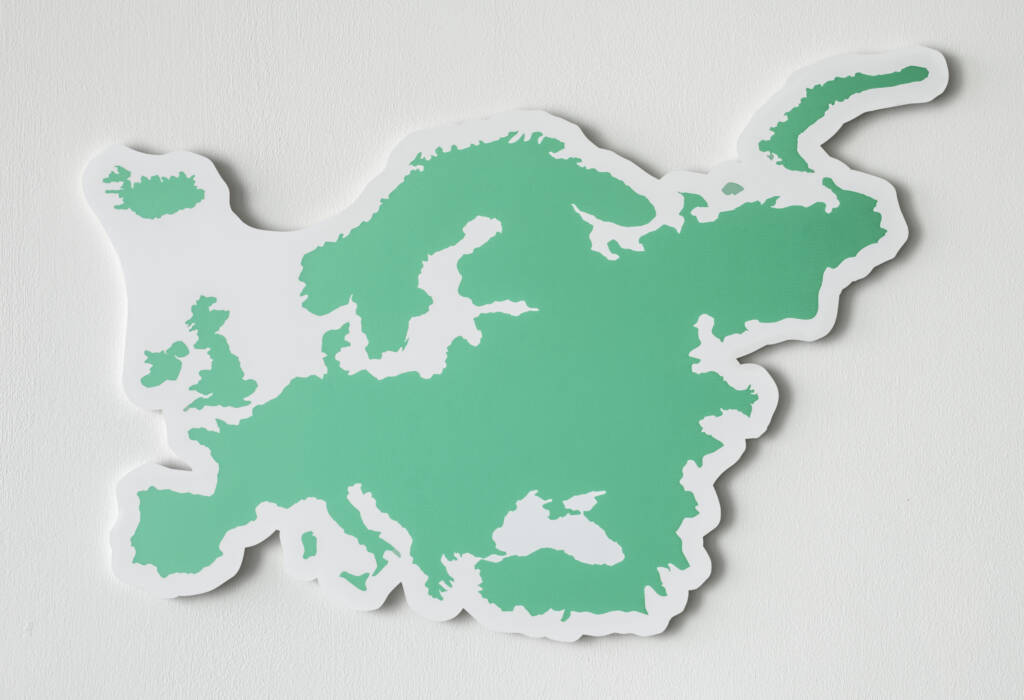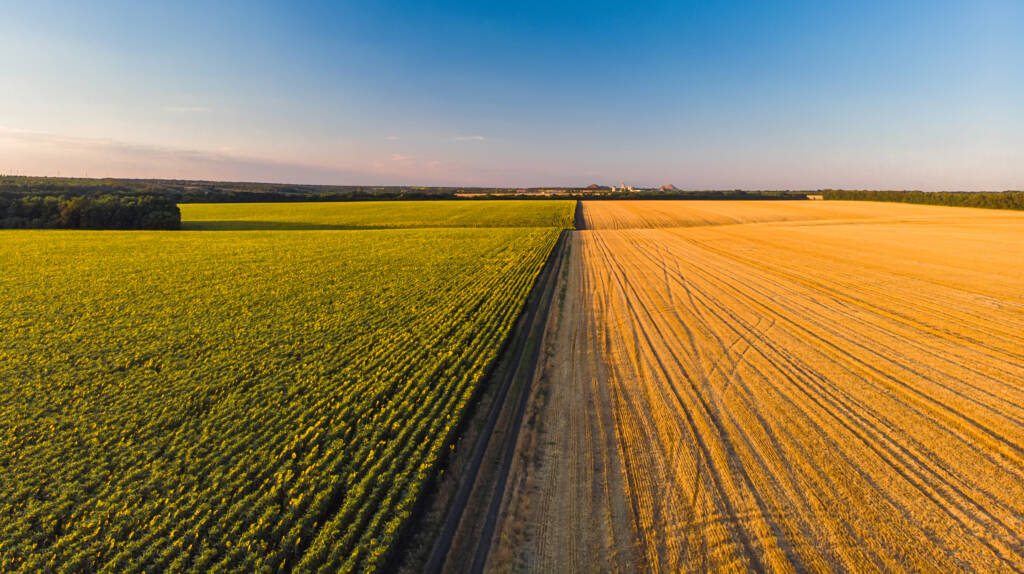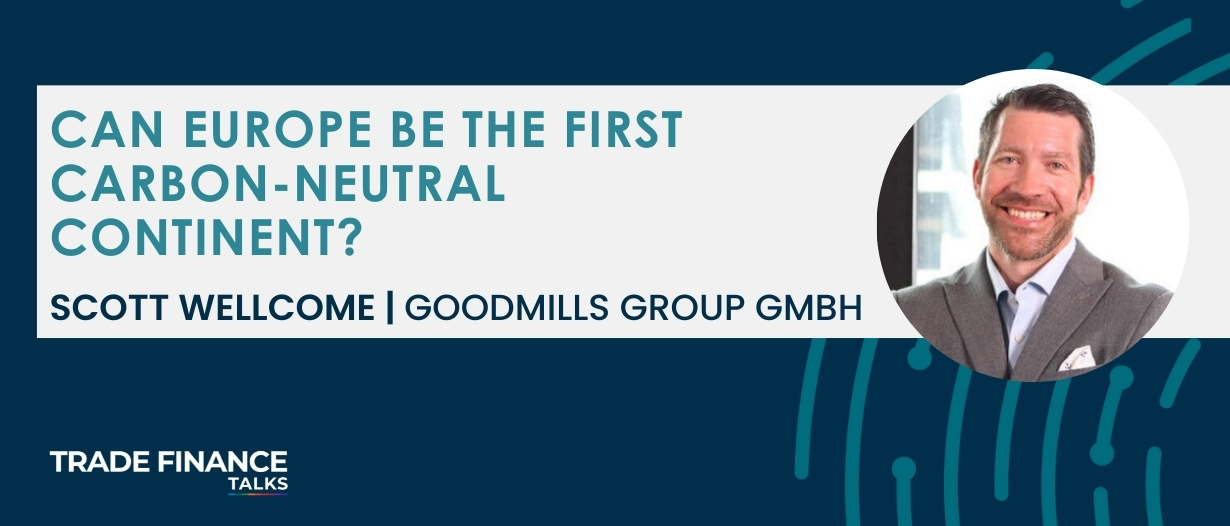The Green Deal is supposed to drive sustainability in the EU, but are the objectives feasible in a tumultuous environment?
Estimated reading time: 5 minutes
A lot has changed since the European Commission unveiled the European Green Deal in December 2019.
The aim of the strategy – to “make Europe the first carbon-neutral continent” – was always ambitious. The question now is whether the events over the last 30 months have put the targets out of reach.
Part of the Green Deal is the Farm to Fork Vision, which was unveiled in May 2020 and briefly outlines the following main objectives:
- To reduce the use and risk of chemical pesticides by 50% by 2030
- To reduce the use of more hazardous pesticides by 50% by 2030
- To reduce nutrient losses by at least 50% while ensuring no deterioration of soil fertility
- To reduce fertiliser use by at least 20% by 2030
- To achieve 25% of total farmland under organic farming by 2030
Since those announcements, Europe and the world have had to deal with a global pandemic that caused unprecedented worldwide lockdowns and travel restrictions, Russia’s invasion of Ukraine, rising inflation, growing interest rates, and geo-political instability not experienced for many a decade.
Is the European Green Deal still achievable within the original time frame?
Probably, but it will be a massive challenge that will require a lot of sacrifices.
Sacrifices that the West may not be ready to make given our reliance on low food prices, cheap energy, and near-continual availability of most produce.
A significant reason for this over-reliance is the policy decisions made by the organisation now pushing for the Farm to Fork initiative: The European Union.

The EU
For decades, governments within Europe supported the development of a food system that was bad for the economy, society, the environment, and people’s health – all intending to keep food prices low for the consumer.
This myopic approach meant many animal feeders and food manufacturers needed to find ways to keep costs artificially low in the short term – preventing the investment needed to find sustainable solutions for the long term.
In some ways, the current situation in Europe – with record high gas prices, underperforming crop yields, and supply chain bottlenecks – may be the wake-up call we all need.
This remains a complex challenge, and while the Farm to Fork strategy gets a lot of things right, the devil is in the detail, and its design may be choosing to ignore two inconvenient truths: money and consumer preferences.
Money
The EU Green Deal will need a great deal of money.
While the cost of organic farming is 10% lower than that of conventional agriculture, average yields of organic grains are between 35-40% lower than those of traditional grains, leading to higher prices for raw materials.
Furthermore, in its proposal on 27 May 2020, the European Commission mentioned spending over €348 billion on agriculture.
This proposed expenditure, however, was before the additional costs from the COVID-19 crisis, the conflict in Ukraine, energy relief efforts, and higher inflation and interest rates.
This steam of expensive events leads many to question whether the promised sum of money will still be readily available for agricultural spending.
Moving forward, however, the EU has a real opportunity to become a standard bearer for sustainable and healthy food.
To do so, the union must recognise and gradually remove the many subsidies for uncompetitive farming practices and use trade agreements to push for more robust standards around the globe.
Consumer preferences
Another issue facing the EU Green Deal is the current set of consumer preferences.
The volatile climate conditions that the world has experienced in the past few years have seen farmers produce at variable yields.
However, yields must improve to meet the growing demand for food while reducing land used for crops.
To do this while meeting all parts of the EU Green Deal – including the call on countries to reduce dependency on pesticides and excess fertiliser use – more resilient seeds and plants need to be developed.
Consumers must be ready to accept more genetically modified seeds and plants and change their dietary habits accordingly.
However, while recognising the need to move to a more plant-based diet with less processed meat, the Green Deal strategy does little to suggest how it will promote the health benefits of these changes.
Far more is needed to promote the importance of healthy diets.
Retailers and consumers have a part to play, but the real onus lies with EU and local policymakers to create a standardised framework for action.

Humankind’s commitment to the future
This EU Green Deal strategy will require massive investment and its deployment will require the mobilisation of a high percentage of public resources.
To meet this deal is not without sacrifice, and that could be a hard sell in the current environment, but one that is ultimately needed to be made.
Policy-makers must increase budgets for sustainable projects, education, and innovation, all while maintaining enough cash to support those citizens at risk of not being able to put food on the table or heat their homes this winter.
But it is not just governments that have a role to play.
Even though a large part of the investment will come from the public sector, the future state of the planet also requires support from the private sector.
Companies must understand the potential of embracing a sustainable economy and begin to prioritise sustainable investments to meet the demands of an increasingly aware society.
The European Green Deal provides opportunities for future generations to meet their needs, for Europe to lead the fight against climate change, and to drive cooperation between countries.
This is our commitment to the future, our children’s children, and beyond.





























